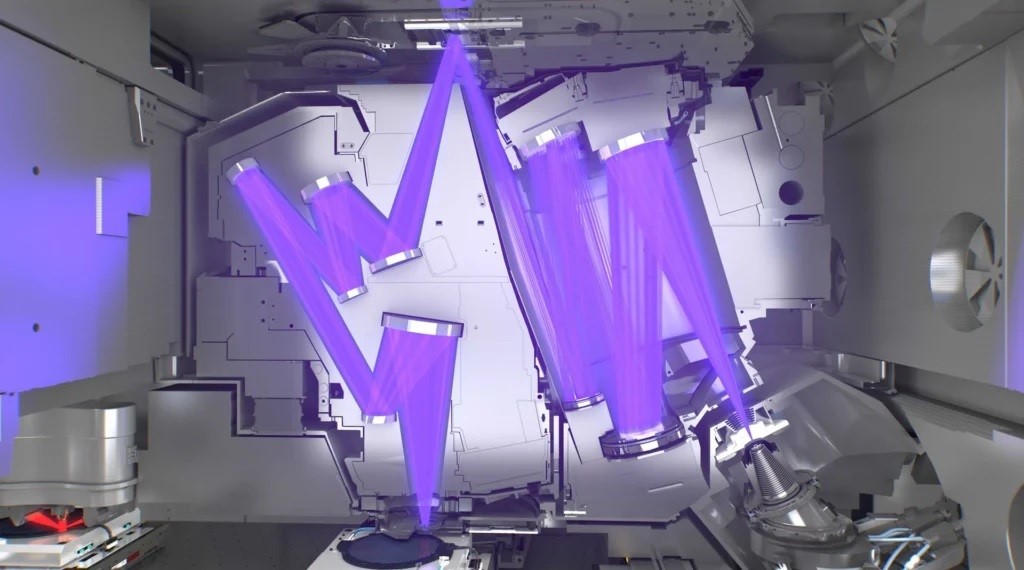In today's increasingly fierce competition in the global semiconductor industry, every move of the Dutch semiconductor industry affects the nerves of the global technology industry. Recently, the development of the Dutch semiconductor industry ushered in a new milestone - ChipNL and the cabinet jointly announced an investment plan of up to 2.5 billion euros in the chip industry. This decision not only reflects the great importance that the Dutch government attaches to the semiconductor industry, but also demonstrates the strategic layout of the Netherlands in the global semiconductor industry chain.
The strategic considerations behind the investment
ChipNL, an interest group composed of more than 30 Dutch semiconductor companies including ASML and NXP, submitted a joint letter to the new cabinet led by Prime Minister Dick Schoff, asking the government to invest 100 million to 150 million euros per year in the semiconductor field for the next six years. At the same time, ChipNL member companies have pledged to allocate the same amount from their own budgets, totaling up to 2.1 billion euros. This investment scale will undoubtedly inject a shot in the arm for the Dutch semiconductor industry.
Continuation and deepening of the "Beethoven Plan".
Earlier this year, the last caretaker cabinet of the Netherlands and the Eindhoven regional government announced a €2.5 billion "Beethoven Plan" aimed at improving the infrastructure in the Eindhoven region and retaining companies interested in expanding abroad. The joint investment between ChipNL and the cabinet can be seen as a continuation and deepening of the "Beethoven Plan", which further highlights the Dutch government's long-term commitment to the semiconductor industry.
ASML's expansion and the future of the Dutch semiconductor industry
As a global market leader in lithography machines, ASML plays an important role in the Dutch semiconductor industry. However, in the face of competition in the global market and the demand for high-end technology, ASML is also under pressure to expand. Paul Verhagen, chief financial officer of ASM, pointed out that if the Dutch government does not support the semiconductor industry enough, companies may be more inclined to expand their business overseas to more attractive regions for investment. The announcement of this investment plan undoubtedly provides a solid foundation for the future development of ASML and other enterprises.

Figure: ASML, as the global market leader in lithography machines, plays a pivotal role in the Dutch semiconductor industry
The multi-dimensional impact of investment
According to information published on the Dutch government's website, the investments in the Beethoven Plan will be used for education, knowledge, space infrastructure and other aspects to address the constraints of the Eindhoven region in terms of people, space and energy. These measures are expected to promote further growth in the Dutch chip industry, while also helping to improve the Netherlands' competitiveness in the global semiconductor industry.
Epilogue
The new trend of the Dutch semiconductor industry is not only an important adjustment to the global semiconductor industry pattern, but also a thoughtful decision on the national strategic layout of the Netherlands. Through the joint investment of ChipNL and the Cabinet, the Netherlands is expected to occupy a stronger position in the global semiconductor industry. In the future, with the gradual implementation of the investment plan, the Dutch semiconductor industry will usher in new development opportunities and bring more innovation and breakthroughs to the global technology industry.






